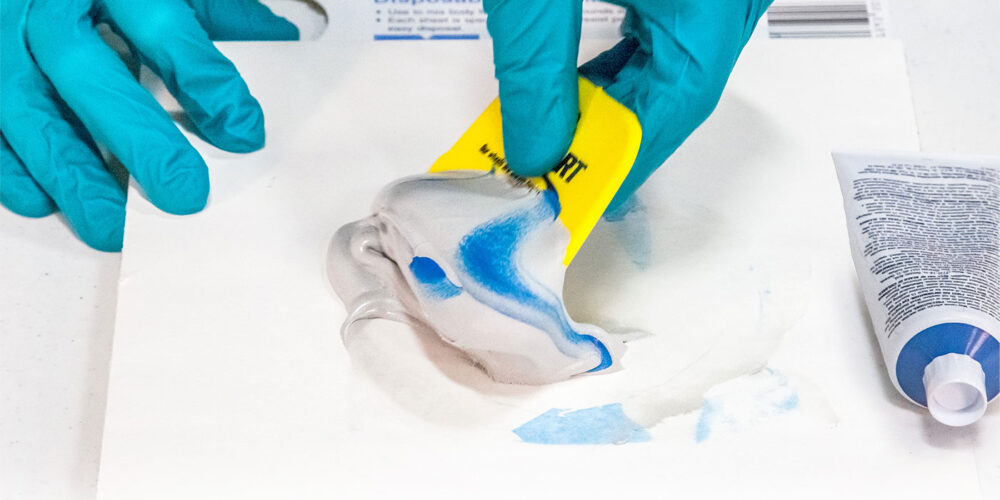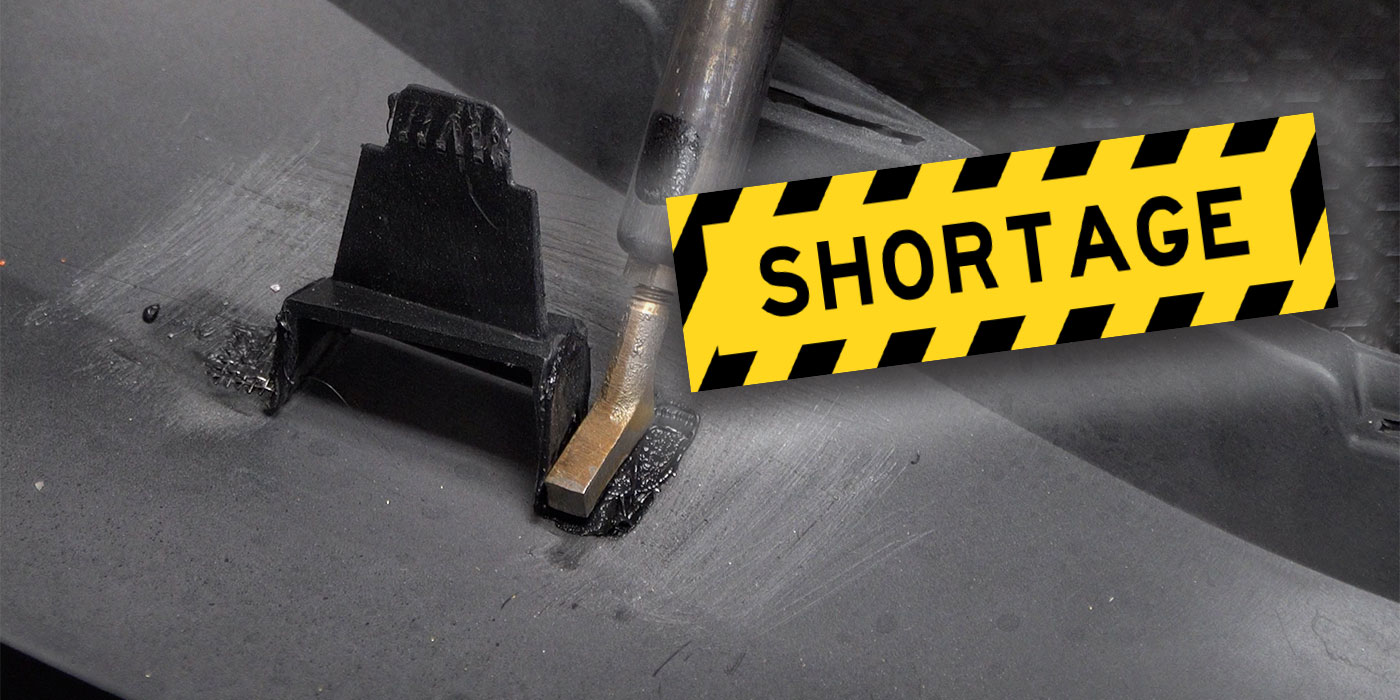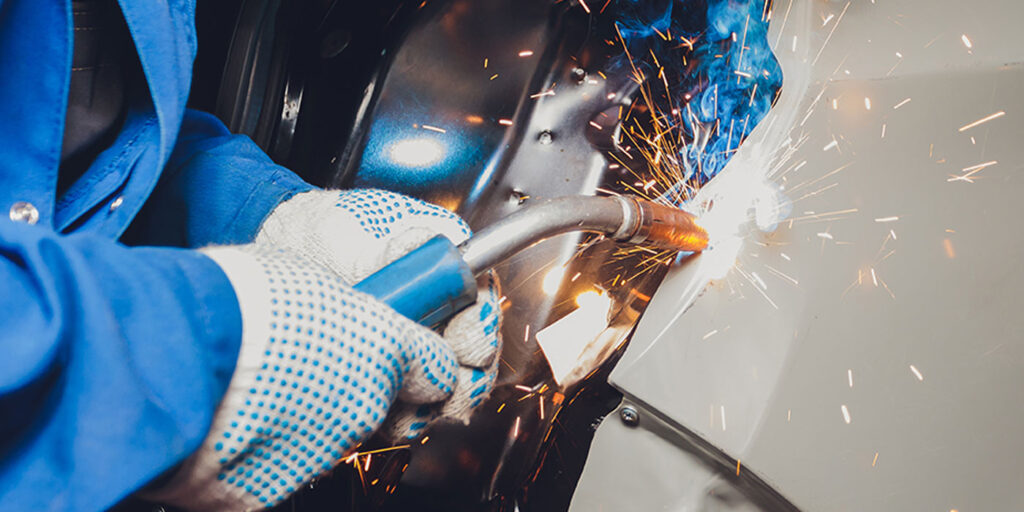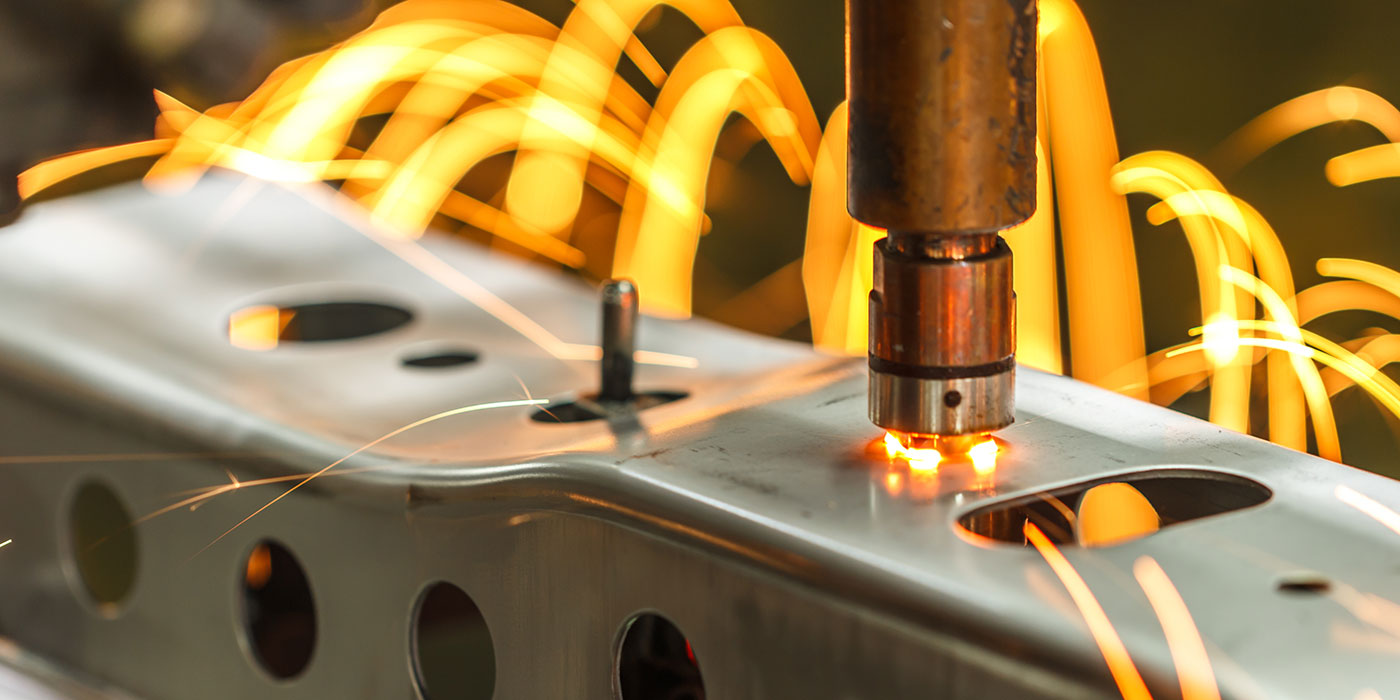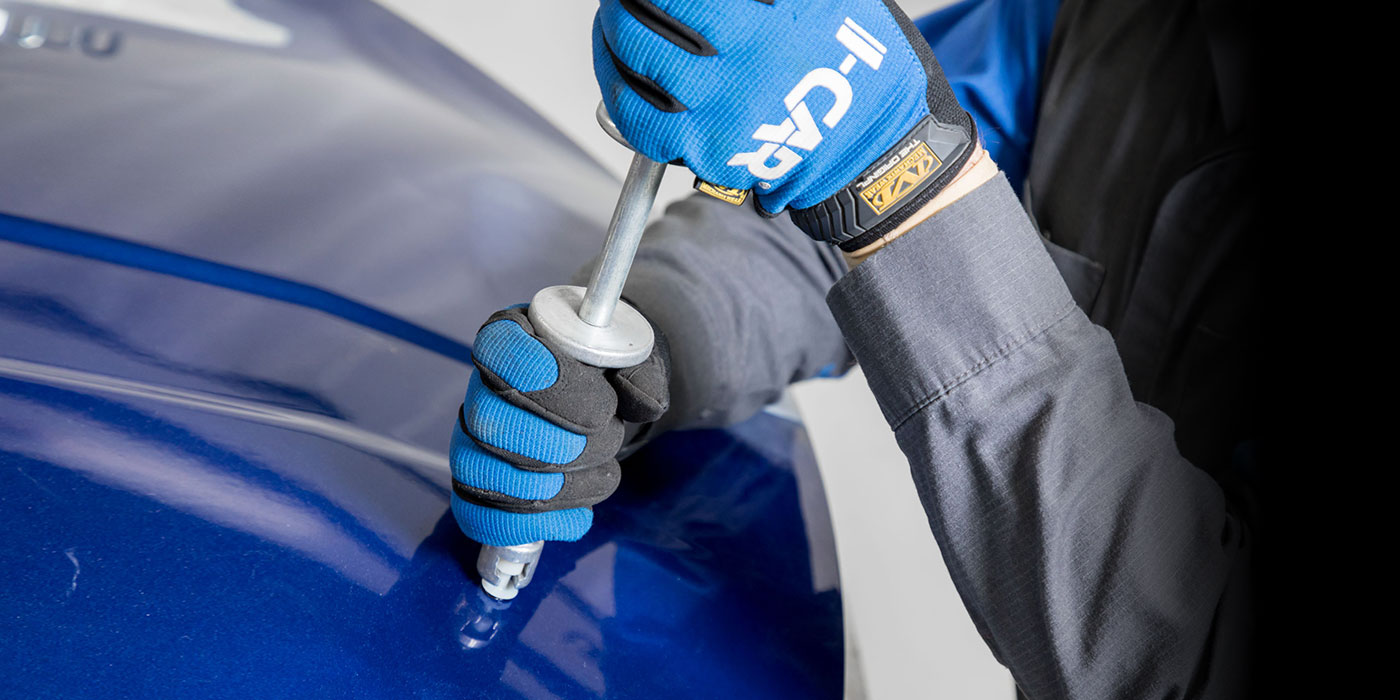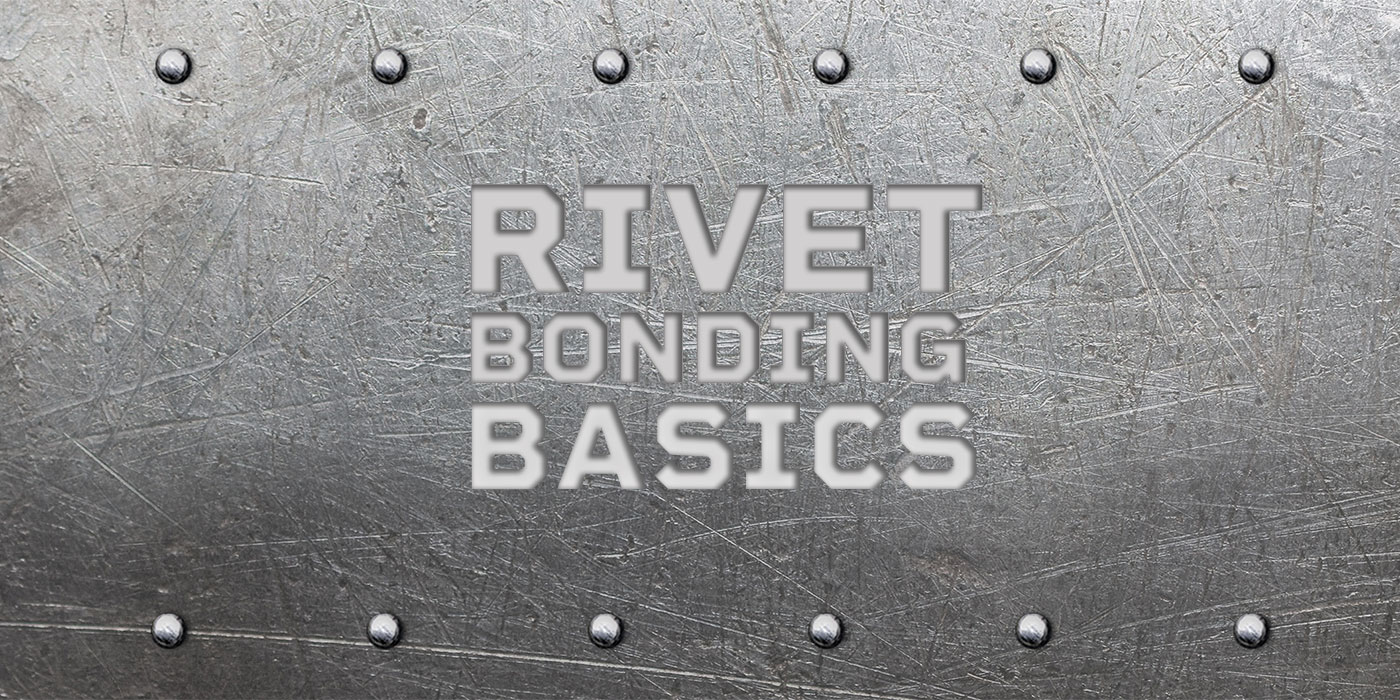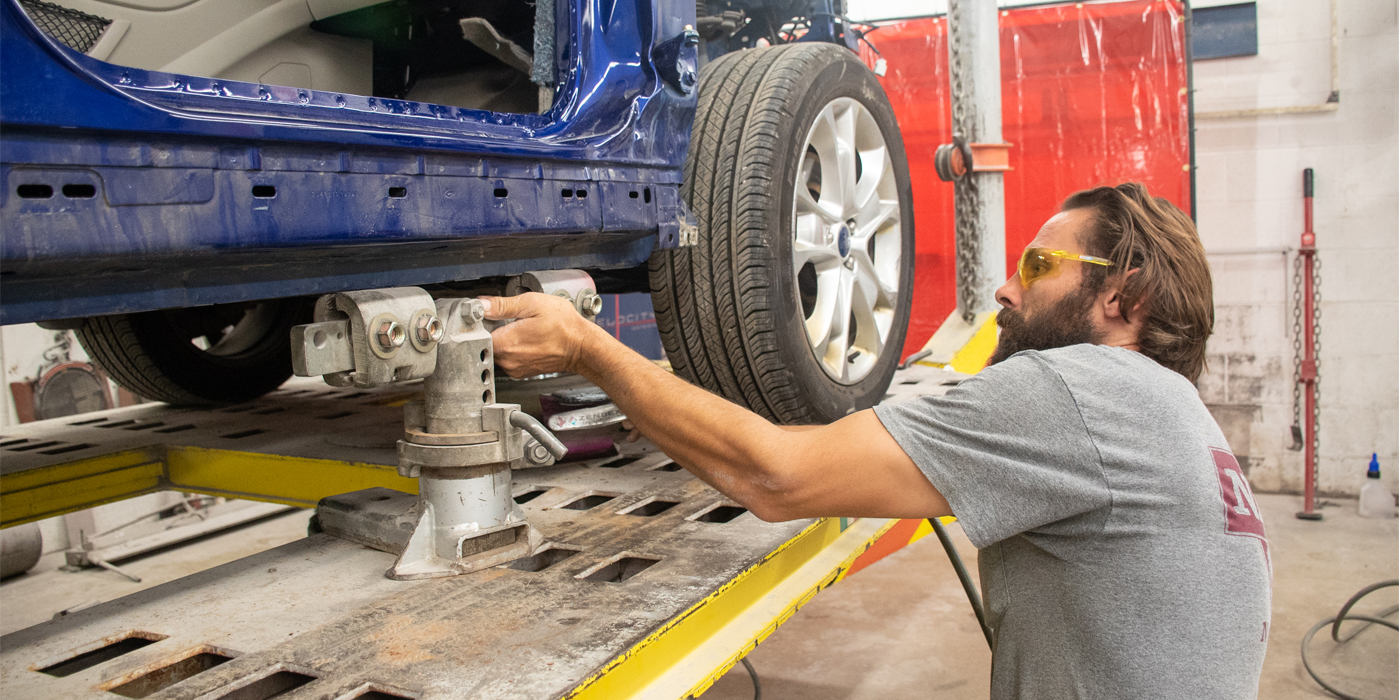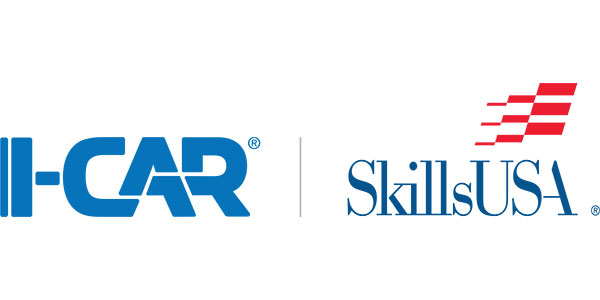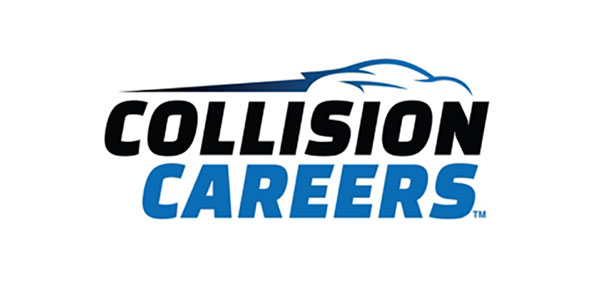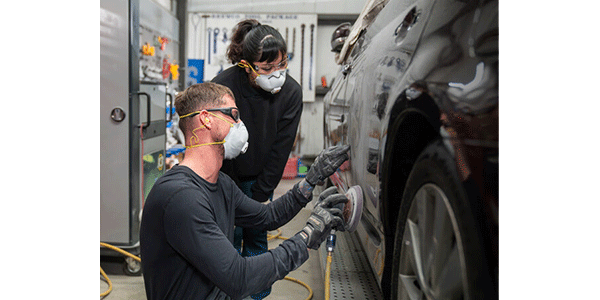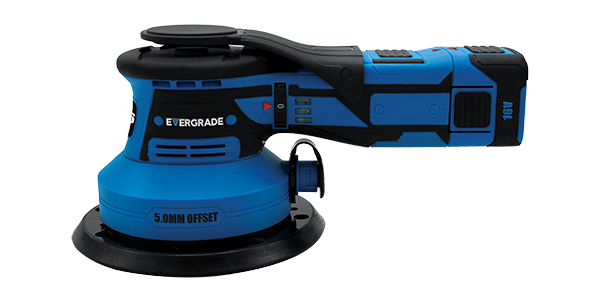Cosmetic repair today has many options for repair materials. During the collision repair process, a technician is faced with the question: What is the appropriate body filler? Let’s look at what different types of body filler are available and their characteristics.
Many Options
Many different options of body filler have been introduced over the years. These include lightweight polyester body fillers, polyester glazing putty, fiberglass-reinforced body fillers, metal body fillers, sprayable polyester body fillers and specialty body fillers.
Lightweight polyester body fillers are the most commonly used cosmetic repair material for non-plastic repairs. Body filler manufacturers have many options from general purpose to premium performance products. Sanding characteristics, fill, spreadability, acceptable substrates and work time are some of the differences between tiers of fillers.
Polyester glazing putty is thin-bodied polyester body filler designed for minor filling, filling pinholes and skim coating. These body fillers sand easier with finer grit sandpaper. Some can even be applied over cured paint that has been prepared properly according to the manufacturer’s technical data sheet (TDS).
Fiberglass-reinforced body fillers are polyester body fillers with either short or long fiberglass strands for added strength. They’re most commonly used over weld seams or for repairing sheet-molded compound (SMC) or fiberglass. Most are waterproof; however, this should be confirmed with product-specific TDSes. Fiberglass-reinforced body fillers should be finished with a body filler or polyester glazing putty before applying primer.
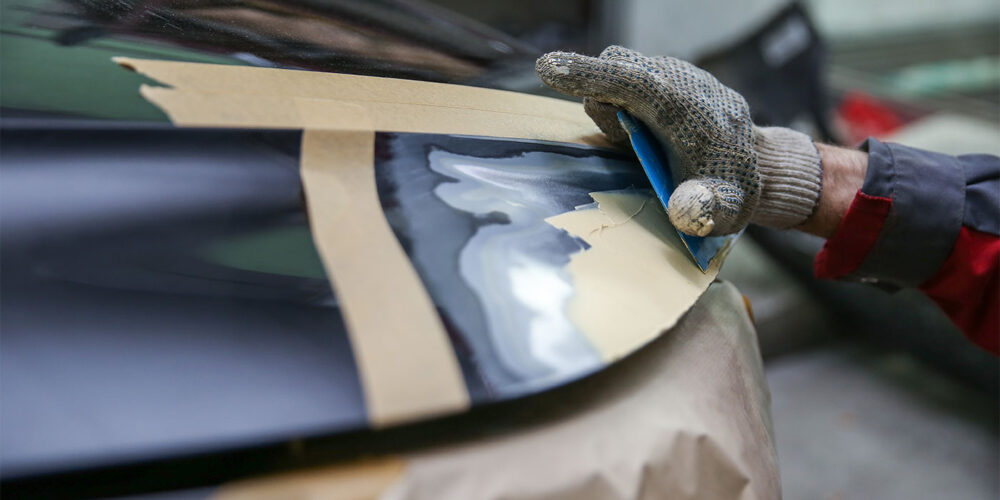
Metal body fillers have aluminum added to increase strength, durability and resistance to water. Some metal body fillers allow drilling and tapping. Some OEMs require this type of product for welded seams. A key difference for this body filler is the use of a liquid hardener instead of a cream hardener.
Sprayable polyester body filler is a thin polyester body filler that allows for application via a large-tipped spray gun. Sprayable polyester body filler enables a high film-build and uniform surface over large repair areas. When using sprayable polyester body filler, always refer to the TDS for proper mixing and application recommendations.
Specialty body fillers are created to solve specific problems. These body fillers offer certain characteristics, such as flexibility, increased strength, faster cure times or better adhesion to specific substrates. Some examples of specialty body fillers include flexible polyester body filler for plastics, carbon fiber-reinforced filler for SMC and fiberglass, and 1K spot putty for fast filling of pinholes prior to refinishing.
Some unique body filler products have come to market including color-changing body fillers, UV-cured body fillers and slow cream hardener. These products aid in achieving optimal results. Utilizing a color-changing body filler ensures the body filler is ready to sand. Using a slow cream hardener enables a shop to be more efficient in hot weather and on larger repairs.
Proper Preparation
Proper preparation is required for the body filler to adhere to steel, aluminum, fiberglass, SMC and OEM paint (where allowed). Many body fillers can be applied over epoxy primer, but compatibility must be confirmed by the paint manufacturer, and specific OEM recommendations should also be considered.
Always reference the TDS for product-specific recommendations. To achieve optimal results when using body fillers:
- Check expiration dates of the body filler and hardener.
- Use the same brand of hardener and body filler.
- Clean.
- Featheredge the repair area out far enough.
- Apply within the substrate temperature range.
- Use accurate mixing ratios, which could be done by weight or using a system that mixes the two together inside a nozzle.
- When mixing, fold the body filler, do not stir.
- Apply multiple thin layers vs. one thick coat of body filler.
- Do not exceed the maximum body filler thickness (after sanding).
Summary
Body fillers can seem trivial; however, improper application may cause rework in the future. Before starting a repair, always refer to the body filler TDS, paint manufacturer TDS and OEM recommendations.

